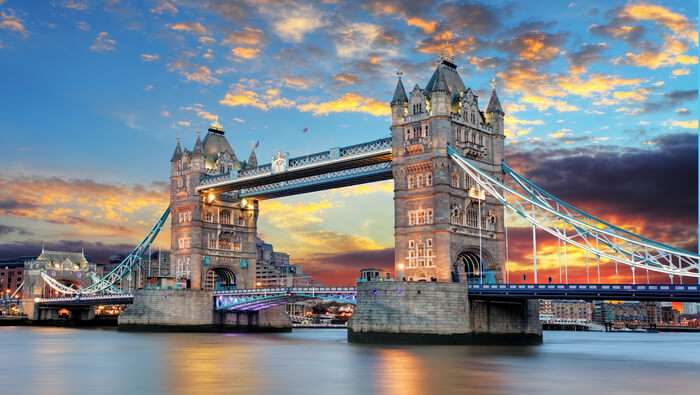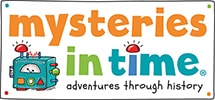
Industrial Revolution
Industrial Revolution for Kids: A Journey into the Age of Innovation and Transformation
Welcome to our exciting and informative page about the Industrial Revolution for kids! In this section, we will delve into the fascinating world of this pivotal period in history. Join us as we explore the remarkable innovations, social changes and impact of the Industrial Revolution. Get ready for an adventure back in time!
What was the Industrial Revolution?
The Industrial Revolution was a monumental period of rapid industrialisation and transformation that took place in the late 18th and early 19th centuries. It marked a significant shift from handcrafted and farming-based economies to mechanised, factory-based production systems. This era brought about profound changes in various aspects of society, including manufacturing, transportation and living conditions.
The Start of the Industrial Revolution
The Industrial Revolution began in Great Britain around the mid-18th century. It was fuelled by a combination of factors, including access to natural resources such as coal, technological advancements, a growing population and an expanding market for goods. This period saw the rise of factories and the emergence of a new class of entrepreneurs and industrialists.
Inventions and Technological Advancements
The Industrial Revolution was characterised by ground-breaking inventions and technological advancements. Some key innovations that revolutionised industries included the steam engine, spinning jenny, power loom and cotton gin. These inventions greatly increased productivity and transformed the way goods were produced, leading to a surge in industrial growth.
Life During the Industrial Revolution
Life during the Industrial Revolution underwent significant changes. Many people migrated from rural areas to cities in search of work. Urbanisation brought overcrowded living conditions, inadequate sanitation and pollution. Factory work became the primary source of employment, and social classes became more distinct, with a growing wealth gap between the factory owners and the workers.
Working Conditions in Factories
Working conditions in factories were often harsh and dangerous, especially for children. Long working hours for low wages and with a lack of safety regulations was common. Children were employed in factories, working long hours in dangerous environments. The introduction of labour laws and movements later sought to improve these conditions.
Transportation and Communication Revolution
The Industrial Revolution also witnessed remarkable advancements in transportation and communication. Steam-powered locomotives revolutionised railway systems, enabling faster and more efficient transportation of goods and people. Additionally, the invention of the telegraph transformed long-distance communication, allowing messages to be transmitted quickly across vast distances.
Legacy and Impact of the Industrial Revolution
The Industrial Revolution left a lasting impact on society, economy and technology. It led to the rise of capitalism, the growth of urban centres, and the expansion of global trade. The revolution also sparked advancements in science, engineering and innovation that continue to shape our world today. However, it also raised important social and environmental challenges that sparked movements for workers’ rights, social reforms and environmental conservation.
Slavery and the Industrial Revolution
The Industrial Revolution, despite its remarkable advancements, was closely linked to the institution of slavery. The demand for raw materials such as cotton, sugar and tobacco increased significantly during this period. These commodities were primarily produced on plantations in colonies and territories, often utilising enslaved labour. The expansion of industries in Europe and North America relied heavily on these raw materials, fuelling the transatlantic slave trade. The profits generated from slave labour and the products they produced played a significant role in financing the Industrial Revolution. This dark aspect of history reminds us of the interconnectedness between the economic advancements of the Industrial Revolution and the human suffering caused by the institution of slavery.
The Industrial Revolution Unveiled – A Revolutionary Era That Shaped the World!
We hope this journey into the Industrial Revolution has provided you with valuable insights into this remarkable period of history. The Industrial Revolution forever changed the way we live, work and interact with the world. Its impact continues to shape our modern society, making it a truly transformative era in human history.

